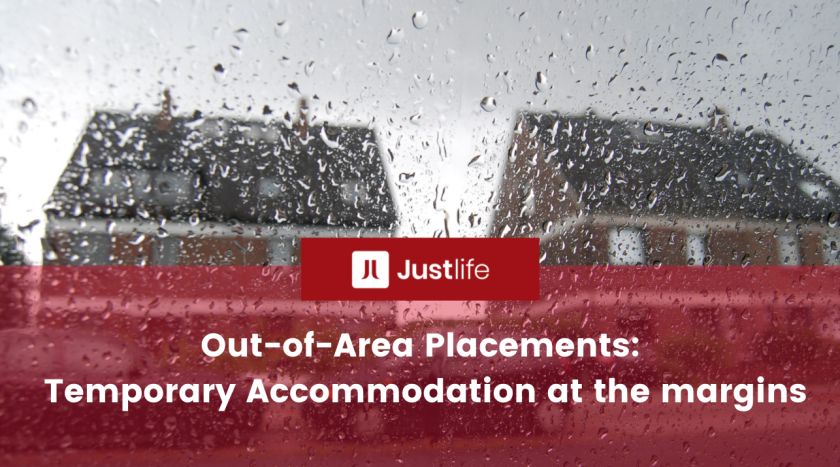Stories about people in Temporary Accommodation rarely make it into the mainstream media. If homelessness is covered, the main focus tends to be on rough sleeping, the visible side of homelessness, and not on those who have a roof over their head in various temporary settings (ITV News current series on Housing is an exception). Temporary Accommodation (TA) is often seen as a solution to end rough sleeping, getting ‘everyone in’ and solving the problem of homelessness.
But TA should only be a short reprieve, a stopgap for individuals waiting for a home. It is meant to be temporary for a reason; it is not a home, not a place from where people can rebuild their lives, and all too often the physical and social environment in TA is detrimental to people’s health and wellbeing.
The population stuck in TA is growing. At the latest count, more than 95.000 households, including almost 120.000 children, had been placed in Temporary Accommodation by Local Authorities in England. The pressure on Local Authorities (LAs) to find accommodation for people has exploded at a time when solutions have diminished. The lack of affordable and social housing to move people onto stretches the word ‘temporary’ to the point of being meaningless. Some people are left for decades in limbo in this shadow housing market.







